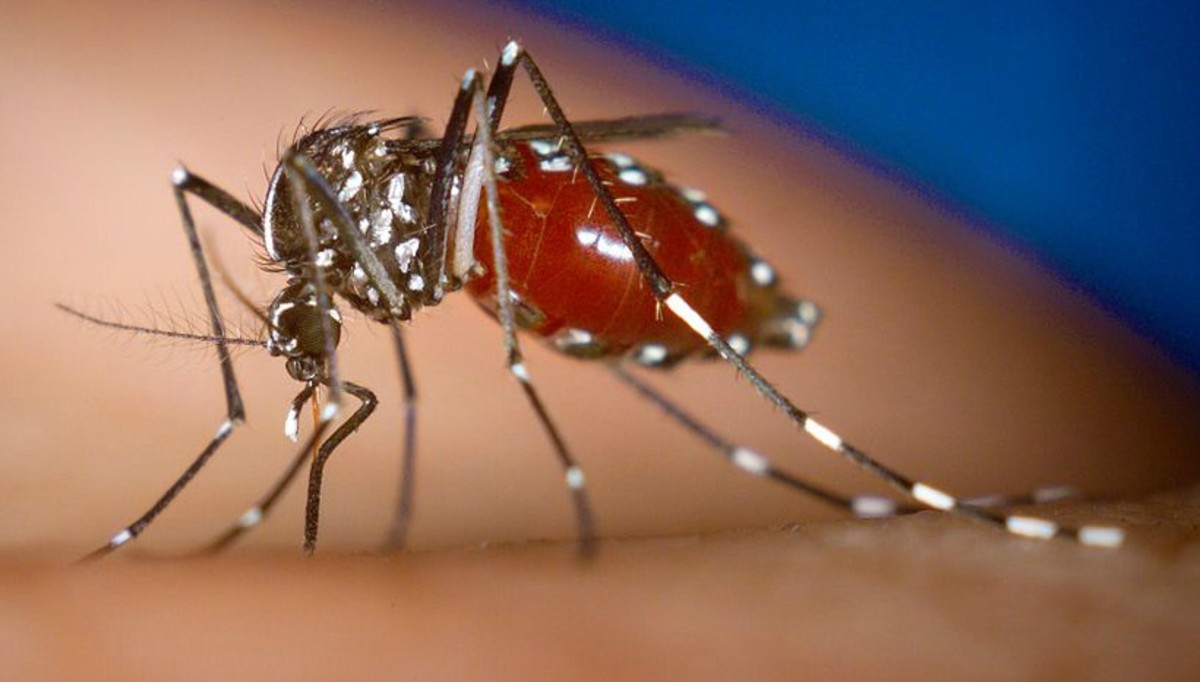Where does Polio Still Exist?
Polio is a disease which many assume has been wiped out; however it still affects people worldwide and could be imported back to the U.S. at any time via an infected person on an airplane. In 2009 there were 1606 cases total. The problem is that polio is no longer worldwide, but is centered in countries labeled “endemic” where there may be, such as in the case of India last year, more than 700 cases of the disease (1). The disease is centered, as can be seen on a map released by the World Health Organization (2), in Africa and along the middle east toward southern Asia. Afghanistan, India, Nigeria, and Pakistan (1) are the last countries where Polio remains endemic.
The fact that it is not endemic in the vast majority of countries creates a difficulty in that internationally, many governments are not fully invested in the full eradication of Polio, and suggest that it be merely “controlled“ rather than eradicated, “However, it is estimated that this alternative to eradication would result in 4 million children contracting polio in the next 20 years” (3). There are areas on the aforementioned map (2) where Polio is not endemic, but was brought in by a carrier and then there was an outbreak of the disease.
“Between 2003 and 2005, 25 previously polio-free countries were re-infected due to imports of the virus” according to the World Health Organization (4).
This can and will continue to happen, posing a threat to countries without the disease, until governments come together to eradicate it fully.
The World Health Organization released a report from Geneva in 2003 outlining the current fight to eradicate Polio (5, referenced hereafter consistently). The four overarching objectives of the campaign are interruption of transmission, complete eradication, production of items for the cessation, and worldwide cooperation to achieve all of these tasks. Basically, via NGOs and worldwide government, vaccinations need to be made widely available in order to halt transmission. Subsequently, polio will be eradicated. The method of this will be by immunization of babies within their first year of life, supplementary immunizations before age 5, and surveillance thereafter for the disease.
In order for this to happen, enough good vaccines must be obtained, which requires immense funding. Also, NGOs, being the most fluid organizations, must obtain better access to areas of infection. This requires host government cooperation, as well as funding.
Thus, all countries need to cooperate in order for these goals to be met. This report also includes sections on containment both now and in the future, such as via the establishment of records in all countries studying the disease, and implementation of biosafety level 2 in laboratories where wild type polio is used. Once Polio is eradicated in the wild, the rating should be raised from BSL 2 to BSL 3 danger level to prevent any future community infection.
Donors to the cause and financial planning are mainly taken care of by NGOs and government organizations (5, referenced hereafter consistently). Vaccination is a huge part of the fight toward eradication, with UNICEF being the main partner in delivering the medicines.
According to WHO, “In donor countries, a high profile and awareness of Global Polio Eradication Initiative is needed to facilitate resource allocation” so public media is not only important in endemic countries, but worldwide. One of the main issues currently is the lack of funding for vaccinations, which allows the spread of disease. The paper outlines commitments by countries and NGOs of both resources and financing, as well as improved access to areas in need of vaccinations. However, in endemic countries there may be superstitions about medicines and the like. With such beliefs, it will be impossible to eradicate the disease, so media proliferation plays a huge role in endemic countries as well.
References
1 http://www.polioeradication.org/casecount.asp
2 http://www.polioeradication.org/content/general/casemap.shtml
3 http://sify.com/news/failure-to-eradicate-polio-worldwide-is-violation-of-ethical-obligation-news-health-kerakDddgbb.html
4 http://www.who.int/mediacentre/factsheets/fs114/en/
5 WHO, CDC, Rotary International, UNICEF. 2003. Global Polio Eradication Initiative Strategic Plan. World Health Organization. Switzerland. Available from: http://www.polioeradication.org/content/publications/2004stratplan.pdf








